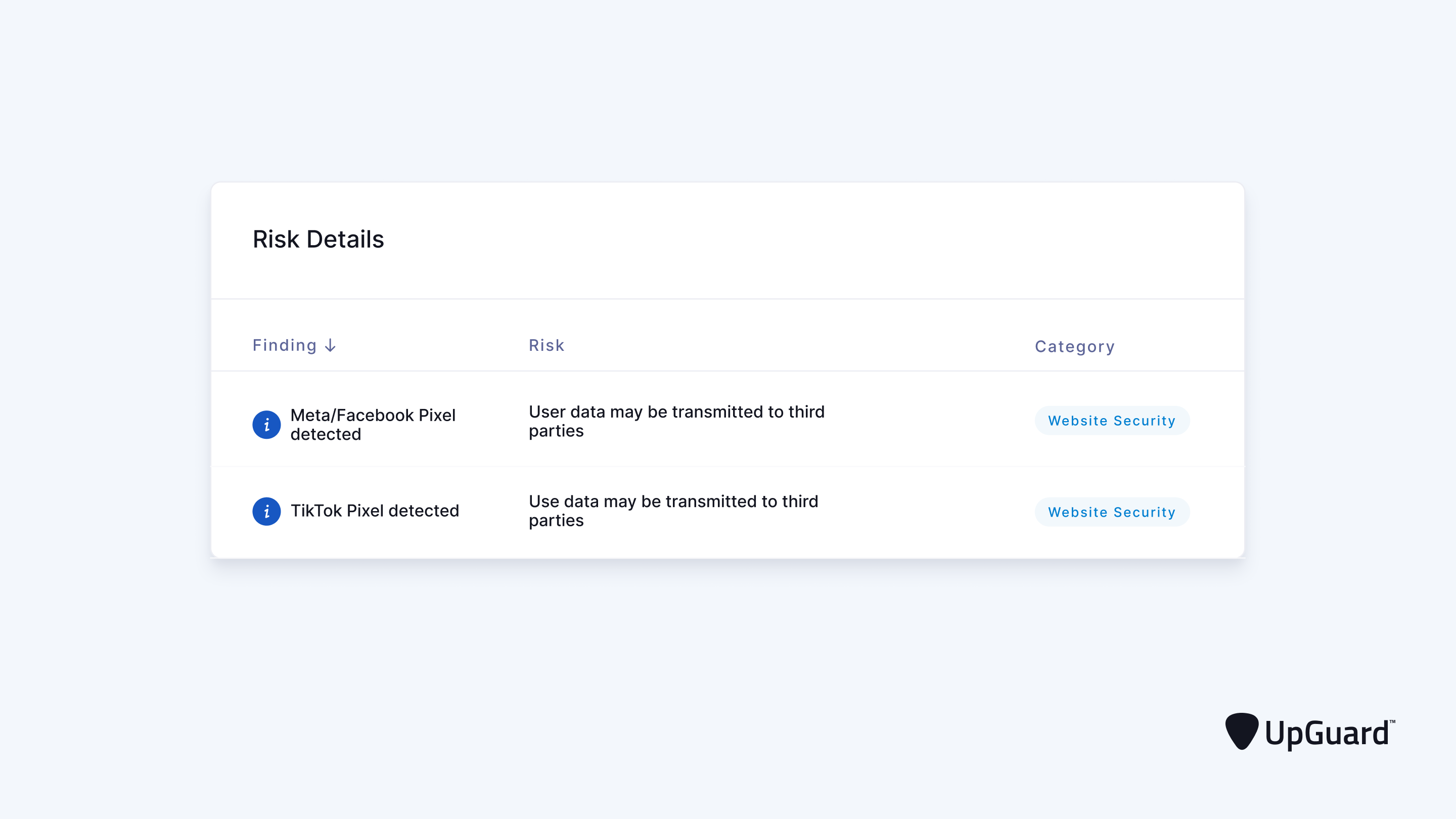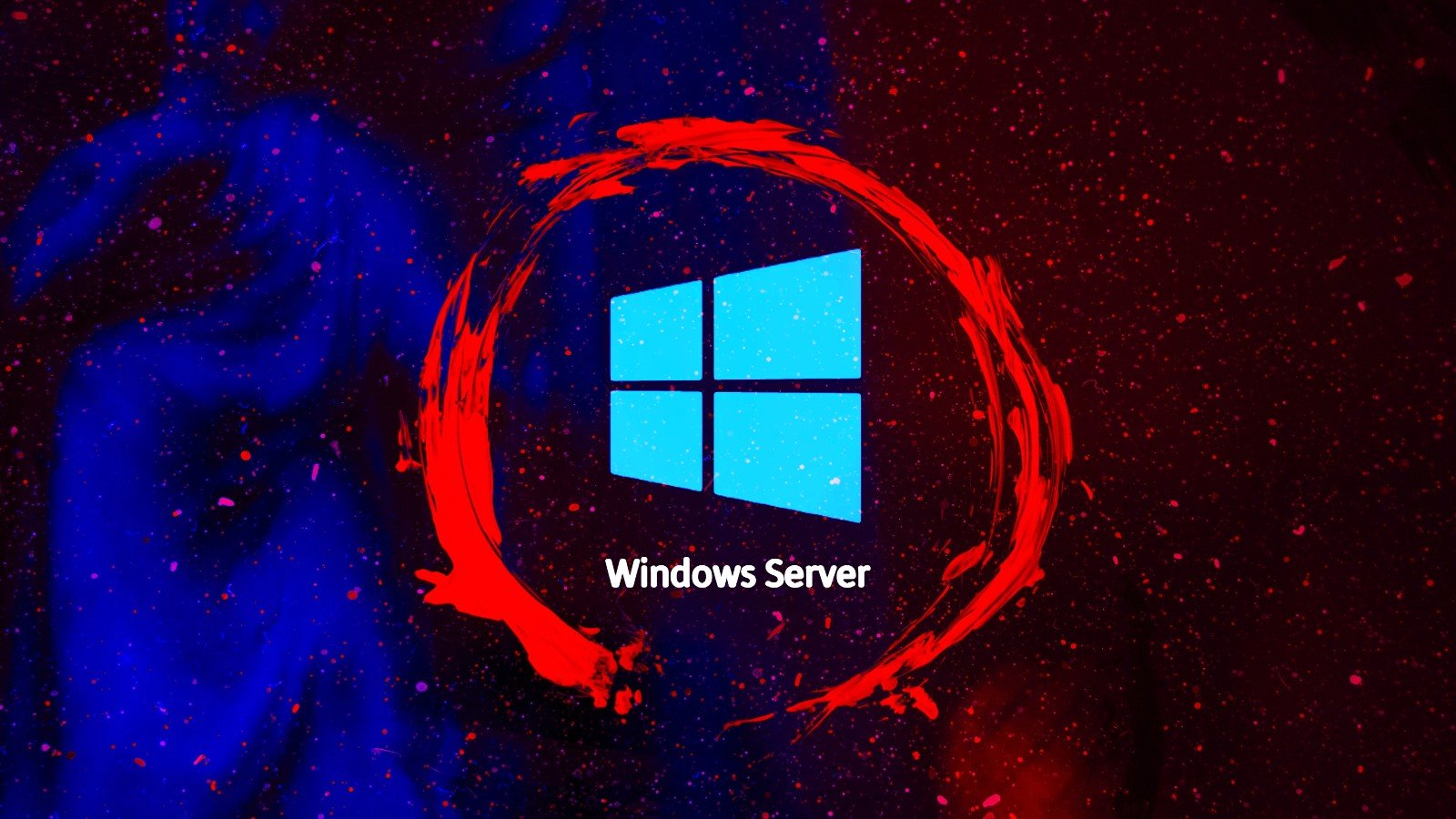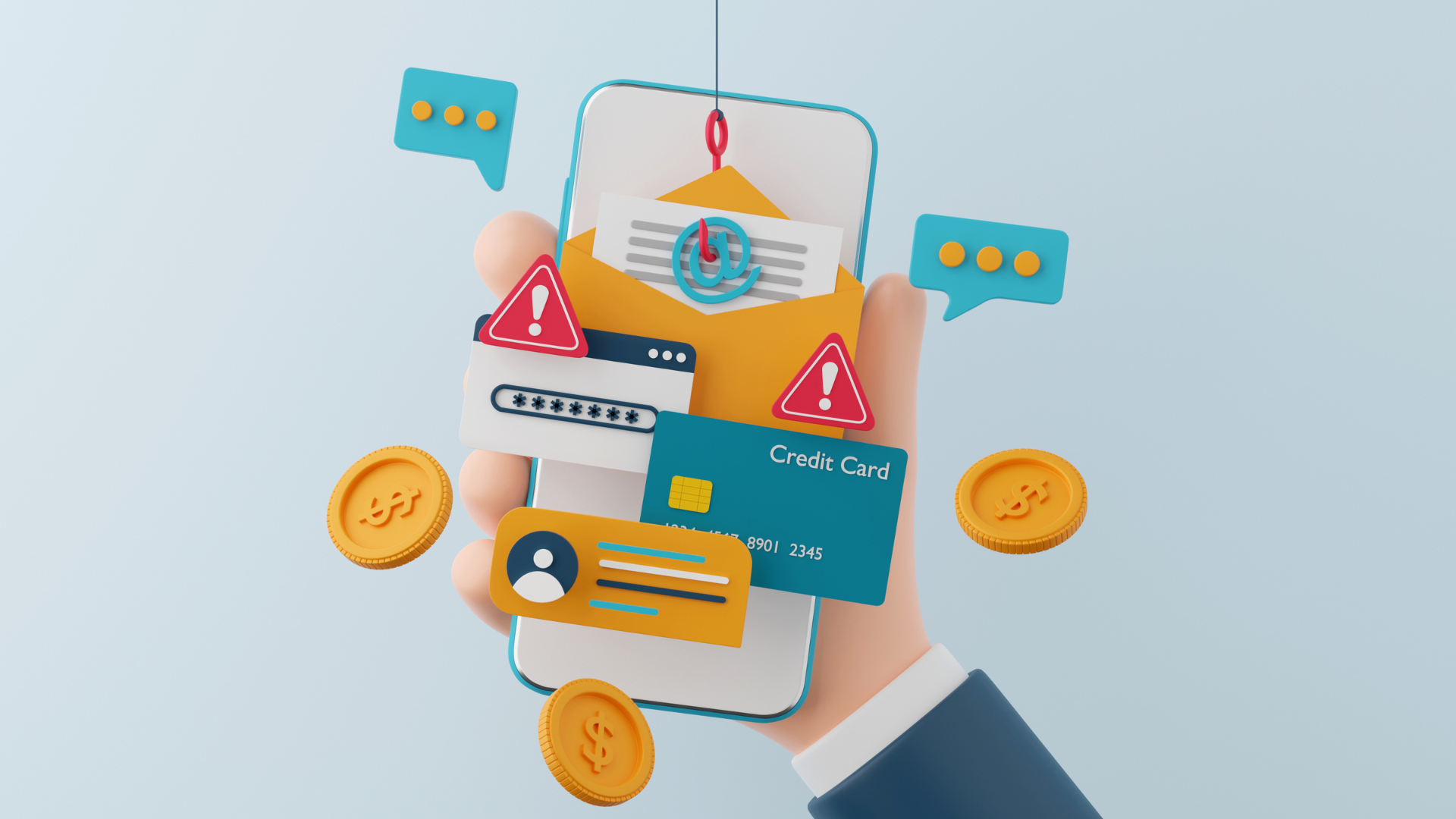The Effect of Tracking Pixels on Cybersecurity
While tracking pixels can be an effective method for collecting user behavior data, they also pose a risk as a potential conduit for data breaches.
In today's digital age, data collection is the engine that drives the internet forward. From delivering personalized ads to conducting user experience research, the insights gleaned from user data are invaluable. However, the mechanisms used to track user behavior, like tracking pixels, have raised concerns about privacy breaches, unwanted marketing, and the murky waters of what constitutes intrusive research.
Let's unravel the concept of tracking pixels, their interplay with privacy laws, and the considerations you should make when using embedded pixels that funnel user data to external companies.
Understanding Tracking Pixels
Tracking pixels, also known as web beacons, spy pixels, or tracker pixels, are tiny, often invisible, elements embedded in websites and emails. Their purpose is simple yet potent: to collect data from users.
These diminutive 1x1 pixel graphics are virtually imperceptible, designed to monitor user actions without disrupting their online experience. Whether woven into the fabric of a web page's HTML or an email campaign, tracking pixels are the silent observers of the digital realm.
The Data Harvesting by Tracking Pixels
For emails, tracking pixels are like the hidden eyes that monitor open rates, reading duration, click-throughs, device types, and even geolocation. They help marketers measure the pulse of their campaigns, fine-tuning strategies for maximum impact.
On websites, tracking pixels go even further, capturing details about the user's device, screen resolution, and browsing activities. They're the scouts reporting on ad interactions, purchase behaviors, and more, feeding into the cycle of retargeting and conversion analytics.
The Double-Edged Sword of Tracking Pixels
While tracking pixels provide a treasure trove of user behavior data that can skyrocket marketing efficacy and customer understanding, they come with inherent risks. They walk a tightrope between insightful data collection and potential overreach into personal privacy.
The Pitfalls of Tracking Pixels
The shadow side of tracking pixels lies in their potential misuse. To some users, these pixels can feel like digital espionage, casting a shadow of doubt over otherwise trustworthy brands. Beyond trust issues, poor handling of tracking pixels can lead to personal data exposure and give spammers a foothold for phishing attacks.
Navigating the Legal Landscape
Globally, the use of tracking pixels is subject to an ever-expanding web of data privacy laws. From the GDPR's strict consent requirements in Europe to HIPAA's health information protections in the U.S., the rules around tracking pixels are as varied as they are complex.
Auditing Your Tracking Pixel Use
If you're directing data to third-party services through tracking pixels, it's critical to ensure your practices align with the relevant privacy laws. Whether it's the GDPR in Europe, CPRA in California, or similar regulations elsewhere, the key is to use tracking pixels responsibly and transparently.
In summary, tracking pixels are a powerful tool for understanding and engaging with your audience. However, they must be employed with a clear understanding of privacy laws and a commitment to maintaining user trust. Balancing insight with integrity is the hallmark of responsible data collection in our connected world.
How UpGuard Can Help

























![Largest Data Breaches in US History [Updated for 2023]](https://nulld3v.com/uploads/images/202311/image_430x256_654e69df8d469.jpg)













